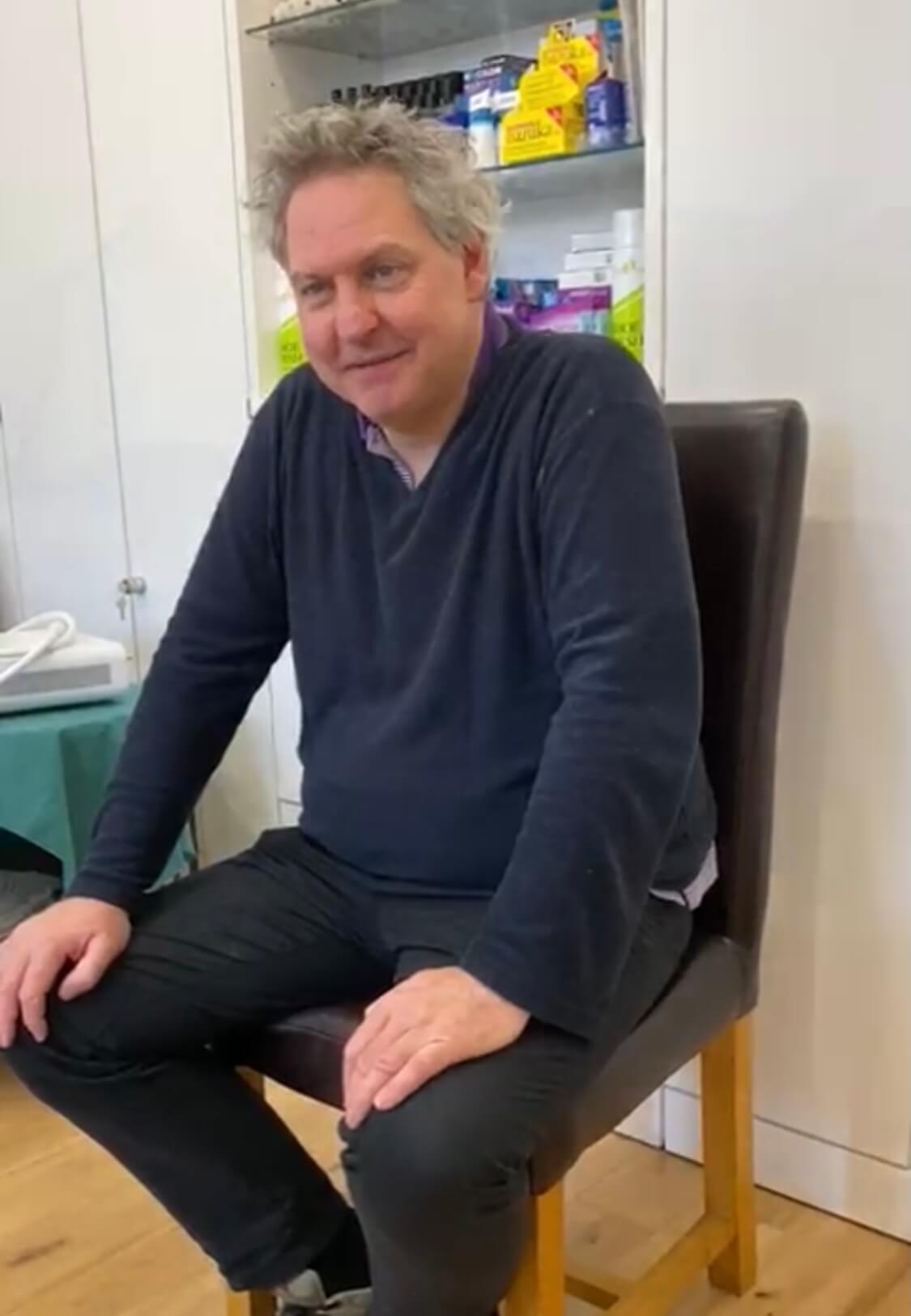
If you are experiencing stabbing pain when you first stand in the morning then yes, you could be suffering with plantar fasciitis. Other
signs include, pain in your heel after standing for a long period of time, pain coming on after exercise but not during it and some people
experience pain when trying to raise their toes off of the floor. Your plantar fascia is a thick band of tissue that connects your heel to
your toes which runs across the bottom of your foot. It is one of the strongest structures in your body and takes a lot of the impact from
your daily activities. Things under the most strain are the most annoying when something goes wrong.
We have patients come in daily with suspected plantar fasciitis but often after our assessments we diagnose their heel pain to be one of
the other twenty conditions that are also under the heel pain umbrella. Such as, tendinopathy, bursitis, Severs disease, heel spur to name
just a few. Each of these different conditions require different treatments, which is why expert diagnosis is vital.
 One patient who did have plantar fasciitis was Bob, you might know his as Sasha Leavy a General Medical Consultant, he was desperate for
help with his constant, chronic and debilitating heel pain. As he says, at work he stands for long hours, which we’re sure many healthcare
professionals (and actors) will know.
One patient who did have plantar fasciitis was Bob, you might know his as Sasha Leavy a General Medical Consultant, he was desperate for
help with his constant, chronic and debilitating heel pain. As he says, at work he stands for long hours, which we’re sure many healthcare
professionals (and actors) will know.
The assessments we carried out for him were-
Once we had the evidence that his pain was plantar fasciitis were designed a personalised treatment plan for him- (time was critical, he was needed in Theatre ASAP!).
Shockwave treatment is a specialist treatment where sound waves are passed through the skin to the injured area, they increase the blood
flow and this accelerates the body’s healing process. You can read more details about our Shockwave treatment here.
3 treatments
1-2 weeks apart are usually required. As Bob reports, many patients feel immediate pain relief after the first treatment.
Orthotics, or insoles were “transformative” to Bob. We carry out a detailed 160 point biomechanical assessment, of how you walk and the shape of your foot to then take a cast of your foot. Our lab then makes a high quality orthotic to support your foot, reduce the pressure and reduce pain. You can find out more about our Orthoics here.
Personal exercise plan is designed to help you build the muscles in your foot and ankle to then build the internal support structure around
your plantar fascia. We will demonstrate and guide you on how to do these exercises, you will also be given a download to follow daily at
home.
Our heel pain care does not stop when you walk out of our door, we contact you after 6 week, 3 months and 6 months to make sure you are
happy, pain free and still doing your exercises. We know our treatments work but health is more than just using a set of orthotics, we are
always here to answer questions and advise.
You can also have the night and day relief from heel pain, there is no reason you have to live with the agony of heel pain, it can be fixed with expert knowledge, skills and technology from a podiatrist






🎄 Give the gift of wellness, comfort and a touch of luxury this Christmas.
Discover our curated foot-care gift guide, from indulgent Callen Olive treats to podiatrist-approved essentials. Perfect for family,
friends, colleagues and everyone who deserves healthier, happier feet this season.

Low Level Laser Therapy helps to treat various musculoskeletal conditions, including tendonitis, plantar fasciitis, arthritis, and wound healing.